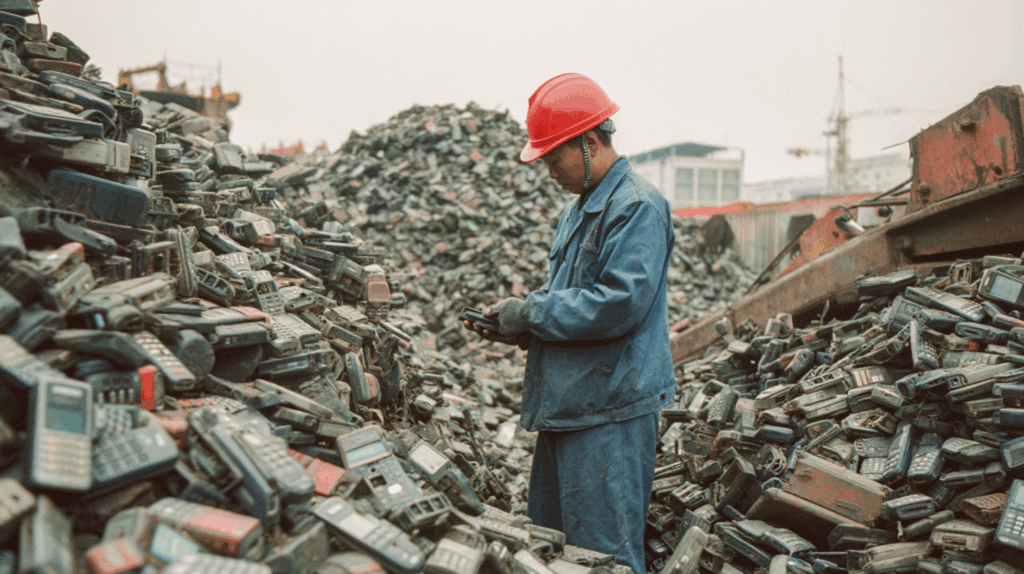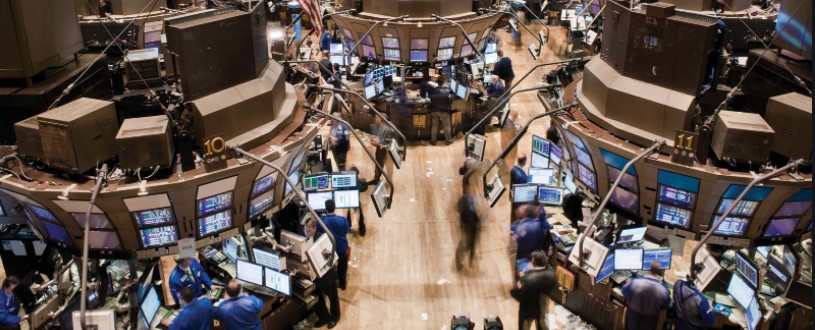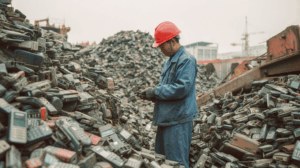
Las Vegas, a city synonymous with entertainment, excess, and innovation, finds itself at a crossroads. The vibrant neon lights that dazzle from the Strip to the outskirts are more than just tourist attractions—they are part of a larger story, one that reflects the transformation of the American West, the evolution of urban landscapes, and the creativity of its people. Yet, as the city grows, there is an increasing temptation to tear down and replace the remnants of its past with new developments, flashy resorts, and upscale shopping centers. This approach might seem like progress, but it risks erasing the very essence of what makes Las Vegas unique.
There is no doubt that Las Vegas is constantly evolving. From its humble beginnings as a small desert town to its rise as a global entertainment capital, the city has undergone continuous reinvention. However, not all parts of this city need to be overhauled. The areas just off the Strip, the run-down, often overlooked lands and buildings, hold within them a history and charm that should be preserved—not discarded. These places are not just forgotten corners of a rapidly modernizing city, but the heartbeats of Las Vegas’ past. It’s easy to dismiss these areas as obsolete or irrelevant in the face of glittering new developments, but that would be a grave mistake.
It is often said that Las Vegas has a history of constant reinvention, but in this process, it’s essential not to forget the value of its past. Old motels, vintage signs, and even the dilapidated properties that may seem like they have outlived their usefulness are artifacts of a bygone era. They serve as tangible reminders of the city’s origins, its quirky nature, and its early days as a magnet for dreamers, gamblers, and entertainers. The old neon signs, many of which are scattered in various parts of the city, hold immense historical value. They represent not only the artistic design and craftsmanship of a time long gone but also a cultural era that is becoming increasingly rare. These landmarks, although weathered by time, contribute to the unique atmosphere of the city.
The beauty of Las Vegas lies in its contradictions. It’s a city that thrives on reinvention, yet it is also deeply rooted in its rich history. As such, the argument should not be about preserving everything in amber but striking a balance between progress and preservation. There is no reason why new developments cannot coexist with the old—why new luxury resorts and state-of-the-art venues can’t be built in harmony with vintage motels and historic landmarks. In fact, the juxtaposition of the old and new is what gives the city its eclectic, unpretentious charm. It’s a city that dares to look forward while never entirely turning its back on its past.
Las Vegas also has an abundance of space, particularly in areas off the Strip where neglected properties exist. These areas are far from being fully utilized, and with a little imagination, they could be revitalized without losing their historical significance. The idea of tearing down old buildings to make way for new ones is an oversimplification of how a city should evolve. The space exists, and the possibilities for adaptive reuse are endless. Instead of demolishing, why not renovate and revitalize? Why not breathe new life into old buildings, transforming them into cultural centers, museums, art galleries, or boutique hotels? These ideas would not only preserve the historical fabric of the city but also give it an exciting new direction—one that honors the old while embracing the new.
The fact is, tearing down the old to build the new is not always the best course of action. While it might seem like the faster, more efficient solution, it comes with its own set of regrets. Once something is destroyed, it’s gone forever. There is no undoing the loss of history, culture, and character that these old places embody. Once these vintage motels, neon signs, and retro landmarks are reduced to rubble, they are lost to time, and all that remains is a sterile, soulless cityscape that lacks the personality and authenticity that have made Las Vegas famous.
It’s time for Las Vegas to recognize that it is possible to preserve its legacy while continuing to innovate. The city has long been an incubator for new ideas, a place where creativity flourishes. In the same vein, it can lead the way in how a modern city can blend the new with the old, incorporating preservation into its growth. This doesn’t mean that Las Vegas should freeze itself in the past, but it does mean that the city should have the foresight to respect its roots.
Some argue that preserving these old buildings is impractical and too costly. They point to the cost of renovation and the difficulty of maintaining aging structures. While these concerns are valid, they ignore the long-term benefits of preservation. Restoring old properties can be a boon to the local economy, attracting tourists who are drawn to the authenticity and history of the city. Furthermore, it creates jobs and opportunities in fields such as construction, design, and tourism. More importantly, it provides a sense of continuity in a city that is constantly changing. Las Vegas has always been a place for people to come together, and its preservation efforts can continue to be a reflection of this.
One need only look at cities around the world that have managed to preserve their historical character while embracing modernity to see the potential for Las Vegas. Places like New York, Paris, and London have all found ways to marry the old and the new, creating urban landscapes that are both rich in history and dynamic in their modern-day vitality. Las Vegas, with its bold spirit and penchant for reinvention, is in a prime position to lead the charge in creating a city that honors its past while looking ahead to the future.
Preserving Las Vegas’ history doesn’t just mean keeping a few vintage motels or retro signs around. It’s about understanding the city’s character, the elements that make it truly special. It’s about finding a way to merge its fascinating past with a forward-thinking vision for the future. The old, often overlooked parts of Las Vegas are not just relics of a bygone era—they are a key part of the city’s identity. It’s up to the residents, the developers, and the city leaders to recognize this and ensure that the history of Las Vegas is not lost to the forces of progress.
While Las Vegas will continue to evolve, it’s crucial that the city’s soul is preserved for future generations. It’s not about halting progress but about making sure that history is safeguarded amid the changes. Las Vegas has always been a city that reinvents itself, but it can reinvent itself with respect to its roots. By preserving the past, we ensure that the spirit of Las Vegas endures, providing a rich, layered experience for both locals and visitors alike.
Frequently Asked Questions (FAQ)
- Why is it important to preserve Las Vegas’ history?
Preserving history ensures that future generations understand the city’s origins and cultural evolution, and it helps maintain the unique character of the city. - What types of buildings should be preserved?
Old motels, vintage signs, retro landmarks, and other historically significant buildings off the Strip should be preserved as they represent the city’s past. - Can new development coexist with historic preservation?
Absolutely. New developments can be built alongside preserved structures, creating a dynamic blend of old and new that enhances the city’s overall aesthetic. - Why not just tear down old buildings and start fresh?
Tearing down old buildings erases part of the city’s identity and can lead to a sterile, uninspired landscape. Preservation allows for the incorporation of history into the future. - Is it expensive to preserve old buildings?
While restoration can be costly, it can also be a long-term investment that attracts tourists, boosts the economy, and preserves the city’s character. - What benefits does historical preservation bring to the community?
Preservation can create jobs, attract tourism, and foster a sense of pride and connection among residents. - How can Las Vegas preserve its history while continuing to evolve?
By embracing adaptive reuse, where old buildings are repurposed for modern use, and incorporating preservation into urban planning, the city can grow without sacrificing its heritage. - Are there examples of cities that have successfully combined the old and new?
Yes. Cities like New York, London, and Paris have successfully blended historical preservation with modern development, creating vibrant, timeless urban environments. - What can be done to protect Las Vegas’ iconic neon signs?
The city can invest in preservation efforts, such as retrofitting signs for sustainability and ensuring that they remain part of the city’s cultural landscape. - How can residents and visitors help preserve Las Vegas’ history?
Residents and visitors can support local preservation efforts, advocate for the protection of historic landmarks, and choose to engage with the city’s historical sites, ensuring they remain a part of Las Vegas’ future.



